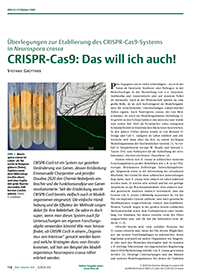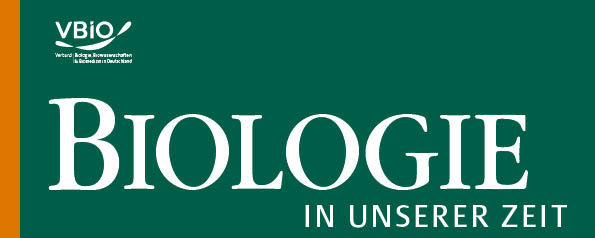Thoughts on establishing the CRISPR-Cas9 system in Neurospora crassa
DOI:
https://doi.org/10.11576/biuz-7605Abstract
Neurospora crassa is a significant model organism for genetics, molecular biology, and other research areas. To gain new insights in these fields, the principle of reverse genetics is often used, i. e. switching off genes in order to analyze their function. Regarding N. crassa, homologous recombination is commonly used for this purpose, but it is time-consuming and inefficient. The CRISPR-Cas9 system offers a more efficient alternative, but it is not yet available for N. crassa. Establishing this system requires extensive preparatory work, literature research, and careful considerations. Factors to be considered for a successful implementation of the system in N. crassa include selecting the method to introduce the CRISPR-Cas9 components into the cell, optimizing the expression of cas9 and gRNA, and minimizing side effects. After having selected and optimized the method, the functionality of the system must be confirmed through tests and appropriate controls before it can be used for more specific analyses.

Downloads
Published
How to Cite
Issue
Section
License
Copyright (c) 2024 Stefanie Grüttner

This work is licensed under a Creative Commons Attribution-ShareAlike 4.0 International License.

